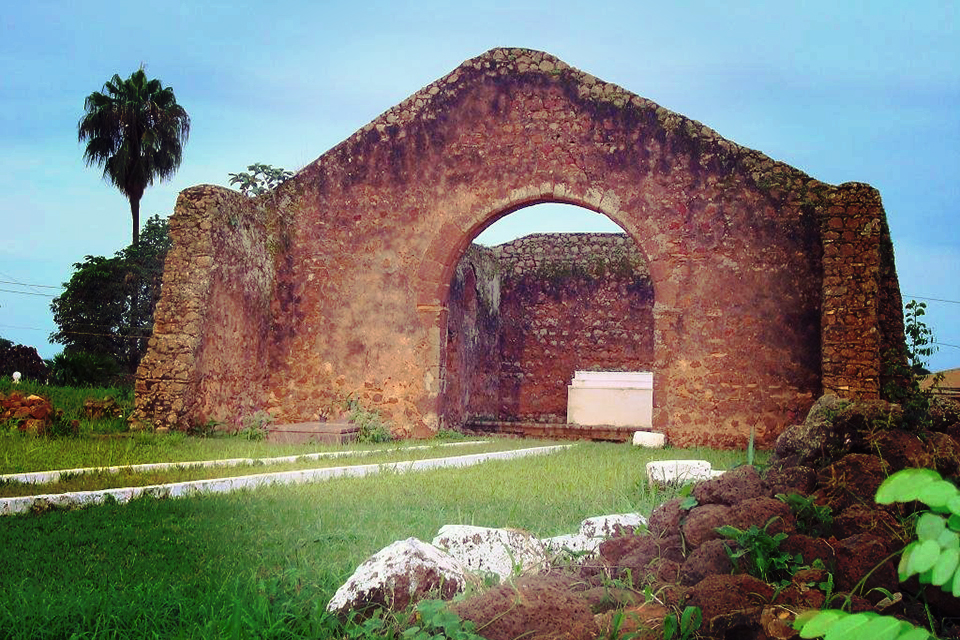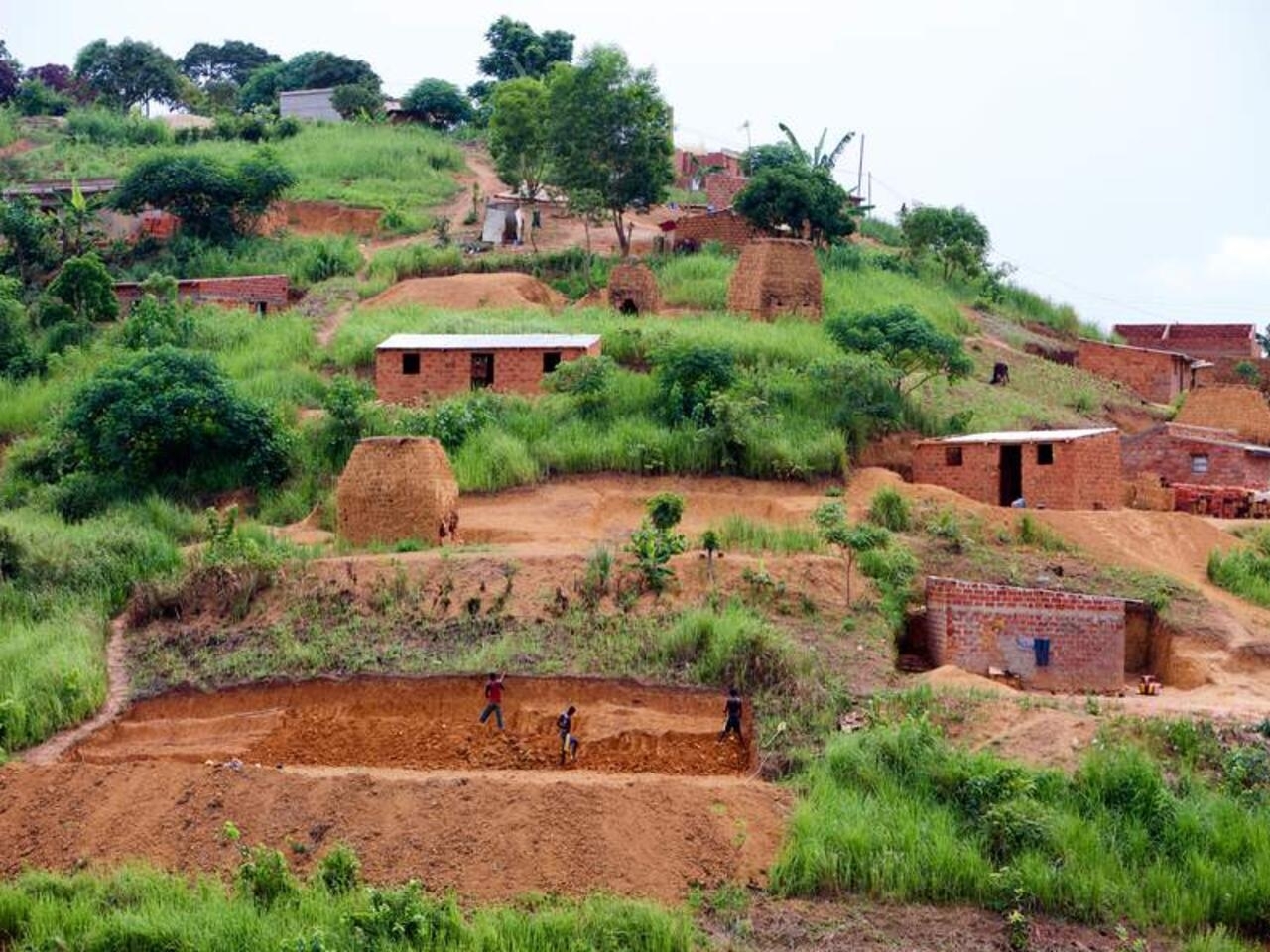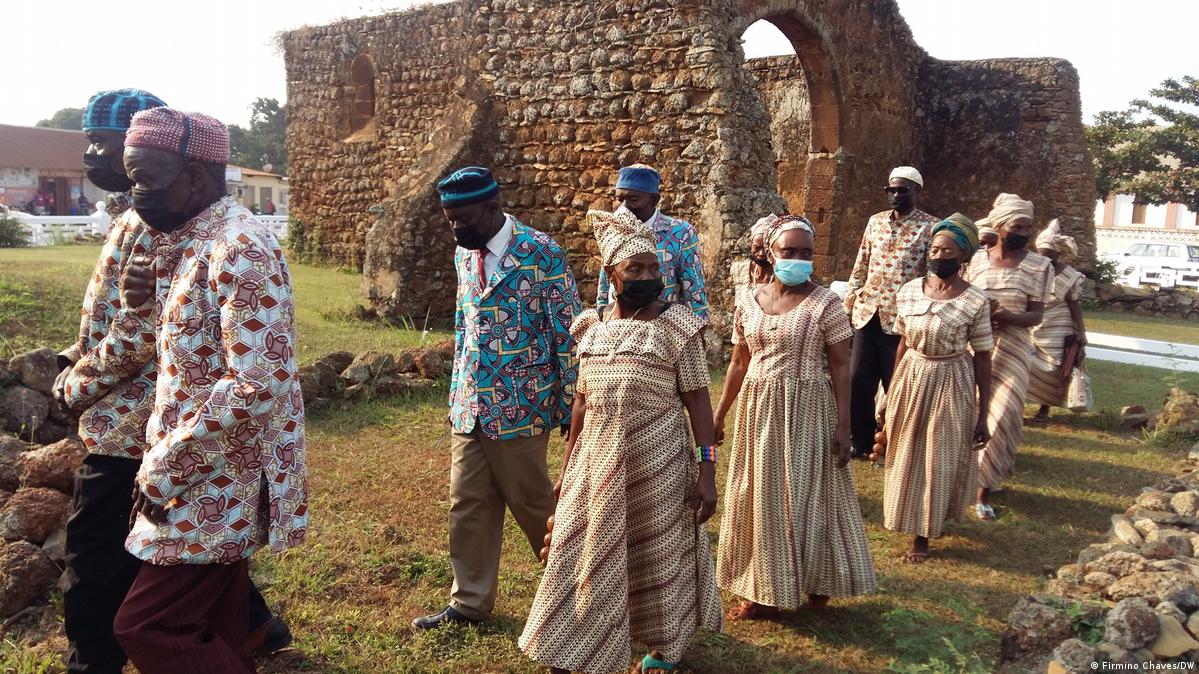KINGDOMS
As lovers of culture we cannot ignore the history of several Bantu kingdoms that
controlled part of what is today modern Angola during centuries. Most of these
kingdoms collapsed with the arrival of the Portuguese as early as the 15th century
along the Congo River. Despite that the old social, economic and political systems
are no longer there, the descendants of those Bantu rulers are still there and many
aspects of the old ways survive in northern Angola.For travellers interested in history and anthropology we offer unique cultural trips to
the old Bantu kingdoms of Angola.
For travellers interested in history and anthropology we offer unique cultural trips to
the old Bantu kingdoms of Angola.




